Wondering what you need for canyoning? This canyoneering gear list stays the same whether you call it canyoning or throw in the extra syllables.
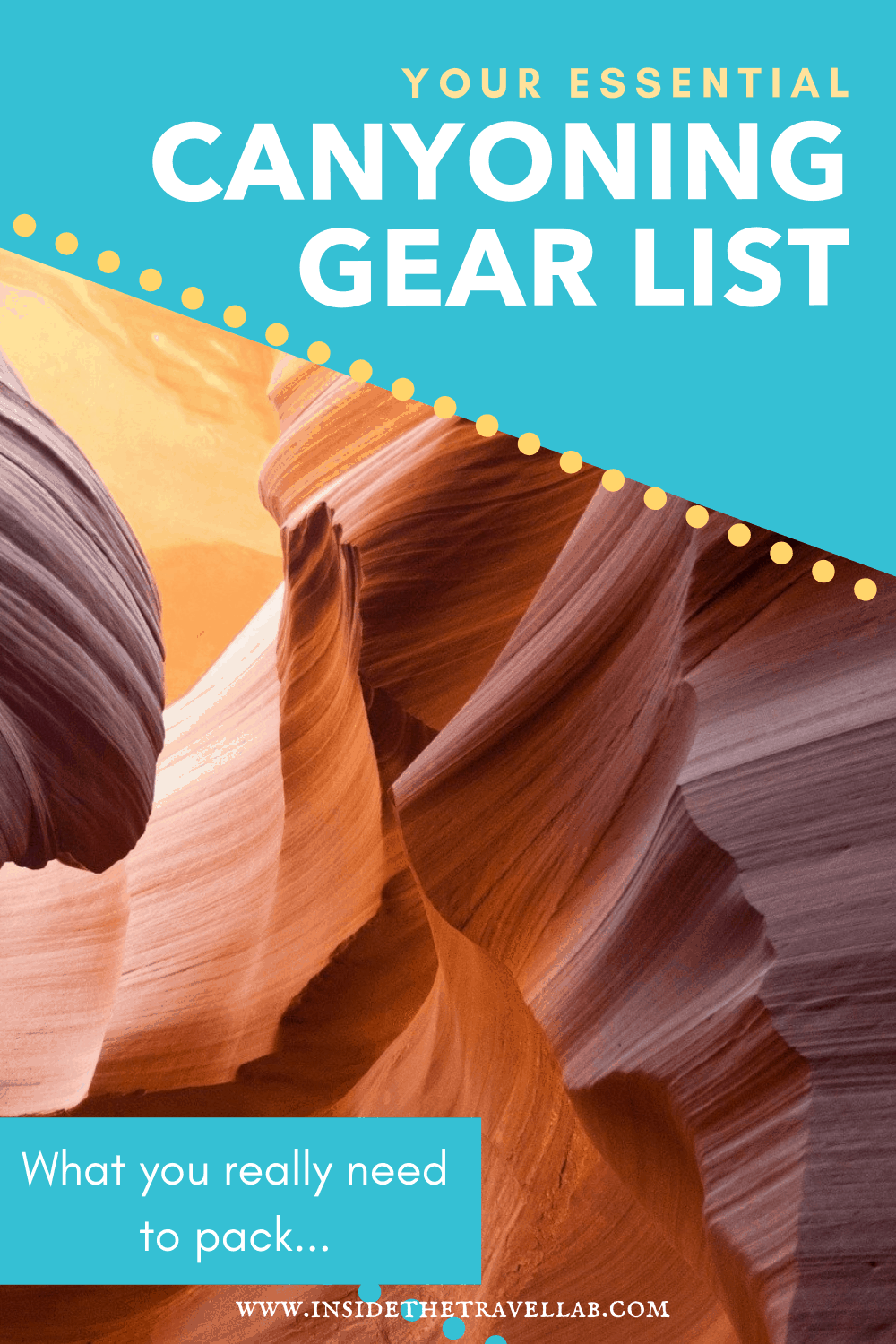
The Ultimate Canyoneering Gear List
Once upon a time, I’d only ever heard about canyoning (and in fairly loose terms at that.) Then in the space of a few short months, I canyoned in Costa Brava, canyoned in Wadi Mujib in Jordan and coasteered in Wales (the marine version of canyoneering.)
What is Canyoning?
So what is it? It involves a combination of climbing along a canyon or cliff and falling or jumping into the water below. It’s a soft adventure sport where you don’t need climbing skills because the water will catch you. It’s thrilling and challenging and a stunning way to appreciate nature and incredible landscapes.
But you can make the experience so much better if you have the right gear with you. And that’s why I’ve written this ultimate canyoneering gear list to help you know what you need to wear canyoning before you get there!
Disclosure – in each of the locations mentioned, I went canyoneering on a complimentary basis for review purposes. As ever, as always, I kept the right to write what I like. And the fact that I’m still recommending some of these places nearly a decade later should tell you something!
Canyoning in Jordan
This video shows you what canyoning is like in Jordan’s Wadi Mujib – just a hop, skip and a jump (if you’ll forgive such old-fashioned verbs) from the majestic Dead Sea.
And speaking of old fashioned, it was filmed a few years ago! But the premise stays the same, even if my tech equipment and editing skills have improved.
The Basic Canyoning Gear List
Footwear
You can buy specialist canyoneering shoes but for your first time, you’ll be fine with a pair of trainers or sneakers that you already have.
You need shoes with a strong grip but also with lightweight properties so they don’t become too heavy when you’re underwater.
Also, if you’re travelling, then trainers will dry out quicker than other shoes. Another alternative is to wear hiking shoes but not hiking boots. Boots are too heavy and inflexible, although if they’re all you have with you, it’s better to wear those than flip flops or heels.
Canyoneering Shoes & Socks
After your first time, if you decide that this is the sport for you then it makes sense to invest in specialist canyoneering shoes. These are tough but lightweight and flexible and you can find an example of a decent canyoneering shoe on Amazon here.
Alternatively, some people find that neoprene socks like these are handy. They dry out quickly and hardly take up space in your suitcase.
Swimwear and Wetsuits
If you’re canyoning in a cold place, you’ll probably be given a canyoneering wetsuit, so bring a bathing suit to go underneath. If you’re canyoning somewhere hot (like Jordan) you’ll go in your usual clothes.
Choose lightweight, quick-drying sports clothes where possible. Normal cotton trousers tend to stick on your skin and jeans are even worse. Avoid these if you can!
Sports Underwear
You’ll be leaping about a lot, so girls, wear a sports bra!
Head Protection
Wearing a helmet is a non-negotiable part of a canyoneering gear list. You’ll be jumping in, over and under rocks and it only takes the one collision to cause a life-changing injury or worse.
Most legitimate canyoning companies should provide canyoning helmets and wetsuits if required. As a former doctor, I’d advise walking away from any canyoning centre that doesn’t provide helmets.
Gloves
This really depends on where you are. In warm countries, you won’t need gloves. But in colder climates, fingerless gloves can make you more comfortable as your hands will be wet and exposed for a lot of the time.
Oh, and just to be clear, we’re not talking about woolly winter warmers, here. You want fingerless sports gloves like this, with grip and knuckle protection.
Spare Clothes & A TOWEL
Bring a spare pair of shoes to the centre (and ideally a fresh, dry set of clothes) for changing into afterwards. It’s also useful to bring a plastic bag or carrier bag to store your wet clothes in.
Some centres will offer towels, sometimes it’s a good idea to bring your own. Travel towels have improved enormously over the last few years, so if you travel frequently or have one long trip coming up, it’s worth investing in a travel towel like this.
Lifejackets
Any reputable centre should already have lifejackets as part of their essential canyoning gear list. If they don’t, it’s not worth the risk.
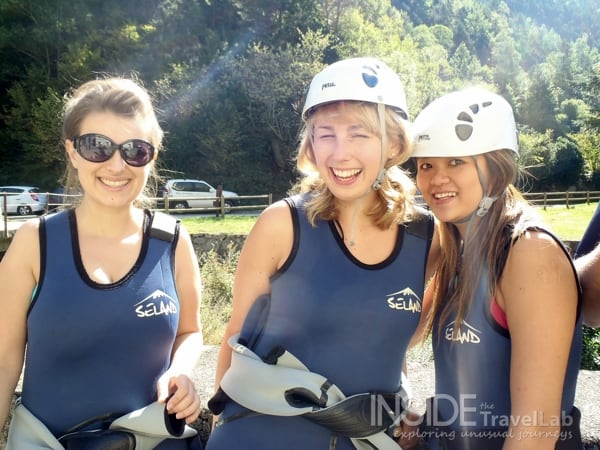
The Advanced Canyoneering Gear List
Your guide should take care of most of the equipment on the advanced canyoning gear list, unless you’re very experienced and setting off on your own.
This kit includes static ropes, locking carabiners, duct tape, canyoneering harnesses and other technical rappel devices, a small day pack and first aid kits.
Safety Considerations for Canyoning
Go With A Guide
Go with an appropriately qualified guide who you can trust. I cannot emphasise this enough. This important safety choice is the difference between a wild adventure and a tragic accident. Your guide should know the canyons well, carry all the necessary safety equipment and talk you through the risks and the terrain before you go.
Realise How Wet You Will Get
Realise that you will get very, very wet. Completely soaked in fact. You may well be submerged for periods of time or need both hands while you’re in the water. So, don’t take anything with you that you can’t fasten to yourself – or that isn’t waterproof.
Sunscreen and Bug Spray
Apply sunscreen and insect repellent before you set out.
Beware Degloving
Make sure you remove all jewellery (including wedding rings) before you start. They can get snagged on the rock that you’ll be clinging to and you risk a rather nasty injury called “degloving.” Enough said.
Leave Your Valuable At Home
And most places don’t have anywhere secure for your valuables…therefore, try not to bring them. Another option is to bundle them into a dry bag and take them with you – but you still risk them being smashed to smithereens during an ill-timed jump…
Leave your main bags at the sports centre or at your hotel.
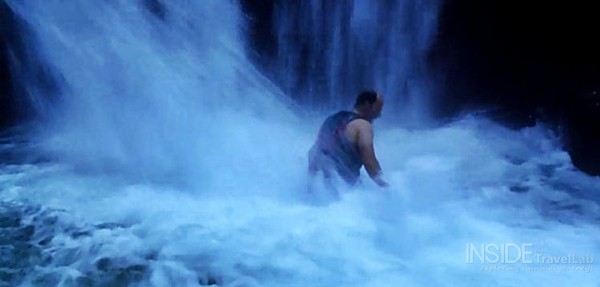
Waterproof Cameras
Waterproof cameras, like a GoPro, work well while canyoning as they are light enough to attach to your lifejacket and small enough to slide inside your sleeve for protection.
The GoPro in particular has a range of different accessories to secure the camera to your head, arm or torso. It also comes with software aimed at converting your floundering around in the water into a tightly edited, focused highlights reel.
More About Canyoning
For a more extreme version of canyoning, read this post from the Planet D. That’s what happens when you push canyoning to the max.Now excuse me while I find myself a hot shower and a dry towel…



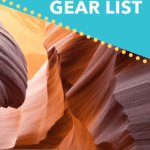

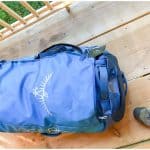
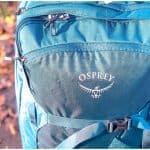

Looks like an incredible and adventurous experience! Thanks for sharing these great tips!
Hope you find them useful – I had a great time!